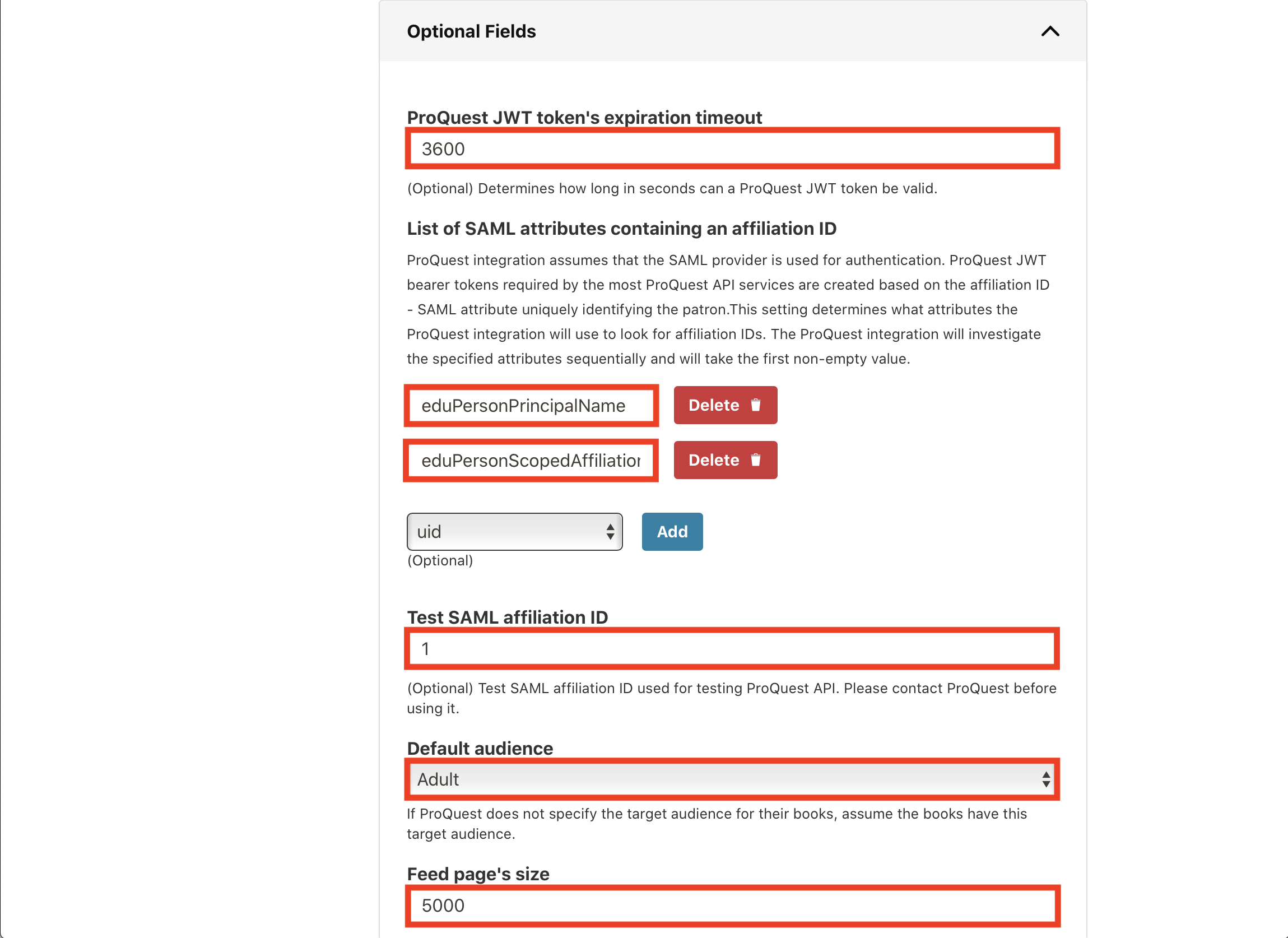

In order to have to have a persistent configuration we can use a users’ profile script. When we export variables as environment variables the lifespan is only as long as the user session. In the next section creating persistent proxy settings will be covered. Proxy settings set this way will not persist beyond your user session, and they will only apply to your current user session. export http_proxy= export https_proxy= no_proxy=192.168.1.*,localhost,
Npm config set noproxy how to#
The follow three examples show you how to set your HTTP, HTTPS and NO_PROXY settings.

The export command is used to set environment variables. Traffic matching any of the patterns set here will go directly to the destination host. Similar to HTTP_PROXY, this sets an endpoint for all traffic SSL\TLS encrypted traffic traversing port 443.Ī comma-delimited list of subnets, IP addresses, hostnames and domain names to exclude from proxy. Sets an endpoint for all HTTP traffic traversing port 80. There are three variables available – for HTTP traffic, HTTPS traffic, and by-pass traffic. Setting the proxy on a Linux installation is primarily done via setting environment variables. They can be applied to any Linux distribution with little or no conversion. The following instructions are not inherent to RedHat distributions only. In this article I will provide instructions on how to configure your proxy for various use cases, from a default global configuration to temporary individual configurations. In environments such as these you will need to configure your Red Hat-based distribution to pass traffic to the proxy server. Src/main/resources/jenkins/plugins/nodejs/tools/NodeJSInstaller/global_it.Most organizations funnel all Internet-bound traffic through a proxy server.
Npm config set noproxy code#
environment variables (of the build) to perform the replace tokenĪdded a comment - 22:09 Code changed in jenkins.provides a non accessible path where place the file (with write permissions).
Npm config set noproxy install#
Log: JENKINS-42675 Permit to select a npm user config for each NodeJS installation, but when the install should be performed to generate the content of NPMConfig file an instance of build is needed because: Src/main/resources/jenkins/plugins/nodejs/tools/NodeJSInstaller/global_it.properties Src/main/resources/jenkins/plugins/nodejs/tools/NodeJSInstallation/config.properties Src/main/resources/jenkins/plugins/nodejs/tools/NodeJSInstallation/config.jelly Src/main/java/jenkins/plugins/nodejs/tools/NodeJSInstaller.java Src/main/java/jenkins/plugins/nodejs/tools/NodeJSInstallation.java


Src/main/java/jenkins/plugins/nodejs/NodeJSBuildWrapper.java All enviroment variables with that prefix are considered by npm like written in a. In real it's a little bit complicated becuase some global package could have scope that refer to a different should support npmrc in global package and taking care about all registry and foreach one check against jenkins no proxy and make a mix behavior to support also old version of npm.Īnyway remember that you could setup registry and no_proxy as global variable prefixed by npm_config_ as described in my previous post. If I understand right only npm >= 3 support no_proxy, and only as enviroment variable ( details here ) The jenkins no proxy value is validated against the default npm registry URL, so if you add in no proxy Jenkins settings the http_proxy and https_proxy are not set during npm install -g action. Set no_proxy environment variable at Jenkins startup -> it could have other side effect on other Jenkins features.Īdded a comment - 19:01 - edited Actually is the only actual default registry for global packages. Set -registry parameter in "Global npm packages to install"


 0 kommentar(er)
0 kommentar(er)
